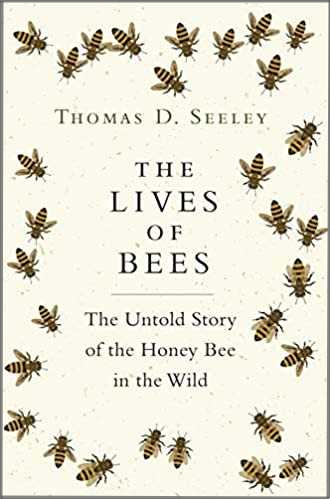How Nutritional Composition Of Bee Bread Varies With Pollen Diversity
It is known that the availability of floral resources from which honey bees obtain their nutrition is of critical importance for the wellbeing and health of honey bees and honey bee colonies (1).
Thus, there needs to be both abundance and diversity of pollen resource for the maintenance of bee and colony health.
It is thought that agricultural intensification and increased pesticide use are contributing to a lack of nutritional diversity for pollinators, and that this in turn is contributing to the widespread decline of pollinators (2)(3) (reduced bee colony health and numbers, and reduced numbers of other pollinators such as some moths and solitary bees that are ‘specialist consumers’ – in other words, they are more restrictive in the pollen resource that they will access and less able to adapt to the loss of an important food resource).
In 2017, researchers at Lancaster University in North West England and Newcastle University in North East England.

The study measured the relationships between the pollen and nutritional compositions of bee bread from hives of the honey bee (Apis mellifera), and in particular, examined two aspects of this issue (4).
- Firstly, does diverse food resource availability actually lead to improved nutrition?
- Secondly, does the loss of a dominant pollen source have a negative effect on nutrition quality?
The researchers examined stored pollen (in the form of bee bread) from 26 different European honey bee hives in North West England.
They looked at the macronutrient content: protein, carbohydrate, lipid content, as well as the specific amino acid content. They also used a DNA fingerprinting technique to assess the variety of plant sources for the pollen.
Study: "Nutritional composition of honey bee food stores vary with floral composition"
The researchers recorded a total of 44 genetically distinct floral families across 51 bee bread samples in 26 hives, with an average of 29 different genera in each sample.
Of the 29 different plant genera, 16 genera accounted for more than 95% of the total).
In order of abundance these were:
- Trifolium (clover),
- Impatiens (balsam),
- Rubus (blackberry (bramble)),
- Acer,
- Cirsium, (thistles)
- Euscaphis,
- Cryptotaenia (white chervil),
- Glycine (bean),
- Coriandrum (coriander),
- Rosa (roses),
- Prunus (plum),
- Taraxacum (dandelions),
- Camelina (false flax),
- Ranunculus (buttercups),
- Salix (willows) and
- Andira.
Within some samples, Impatiens pollen was the most dominant, accounting for up to 91% of sequences.
The protein and individual amino acid content of stored pollen correlated with the diversity of pollen source – if one plant species was prevalent as a pollen source, then not surprisingly, some individual amino acids were also predominant.
The researchers draw three conclusions from these findings:
- nutritional content of stored pollen in the form of bee bread is directly related to the plant source of the pollen;
- diverse environments benefit foragers in two ways – by providing a more optimal nutrition, and because the variety can compensate for any loss of individual components of the environment honey bees benefit from plant diversity which provides more optimal diets whilst compensating for the loss of individual forage species.
- This study is a further reminder of the need to ensure diverse environments to maintain the health of pollinators – which will, in turn, ensure continued optimal pollination of food crops.
References
1. Brodschneider, R., Crailsheim, K. Nutrition and health in honey bees. Apidologie 41, 278–294 (2010). https://doi.org/10.1051/apido/2010012
2. Potts SG, Biesmeijer JC, Kremen C, Neumann P, Schweiger O, Kunin WE. Global pollinator declines: trends, impacts and drivers. Trends Ecol Evol. 2010 Jun;25(6):345-53. doi: 10.1016/j.tree.2010.01.007. Epub 2010 Feb 24. PMID: 20188434.
3. Goulson D, Nicholls E, Botías C, Rotheray EL. Bee declines driven by combined stress from parasites, pesticides, and lack of flowers. Science. 2015 Mar 27;347(6229):1255957. doi: 10.1126/science.1255957. Epub 2015 Feb 26. PMID: 25721506.
4. Donkersley, P., Rhodes, G., Pickup, R. W., Jones, K. C., Power, E. F., Wright, G. A., & Wilson, K. (2017). Nutritional composition of honey bee food stores vary with floral composition. Oecologia, 185(4), 749–761. https://doi.org/10.1007/s00442-017-3968-3
FREE PDF DOWNLOAD:
Planning And Planting A Bee Friendly Garden


